Ngorongoro Conservation Area Authority
UNESCO World Heritage Site: The Garden of Eden” in Africa
Best Time to Go
All year around
Famous For Over 2M+
Big Five
UNESCO
World Heritage Site
Peak Time
June - October
Let’s plan your safari together!
Location & Size
- Location: Northern Tanzania
- Area: 8,292 sq km (3,202 sq miles)
- Coordinates:3.1618°S, 35.5877°E
- Elevation:1,800–2,400 meters above sea level
Establishment
- Founded: 1959
- UNESCO Status: World Heritage Site (1979)
- Management: Ngorongoro Conservation Area Authority (NCAA)
- Ecosystem: Part of the Serengeti-Mara ecosystem
Ecosystem Type
- Primary Habitat: Volcanic caldera with grasslands, forests, and wetlands
- Climate: Highland tropical climate
- Rainfall: ,000mm annually (crater rim) to 700mm (crater floor)
- Seasons: Dry (June-October) and Wet (November-May)
Ngorongoro Conservation Area
“Africa’s Lost Eden”
The Ngorongoro Crater is the world’s largest inactive, intact, and unfilled volcanic caldera. Often called the “Garden of Eden,” it’s a natural amphitheater teeming with wildlife and dramatic landscapes. The name “Ngorongoro” comes from the Maasai word imitating the sound of cowbells.
This conservation area is unique, it protects both wildlife and the semi-nomadic Maasai people who live within its boundaries. It’s one of the few places where humans and nature coexist in harmony.
More About Ngorongoro
Ngorongoro was designated as a conservation area in 1959, separating it from Serengeti National Park to allow human habitation. It spans over 8,000 square kilometers and includes the crater itself, highland forests, grasslands, and archaeological sites like Olduvai Gorge.
The crater floor is about 260 square kilometers and hosts over 25,000 large animals. Its enclosed geography creates a self-contained ecosystem, making it one of the most reliable places to see the Big Five.
Wildlife in Ngorongoro
African Lions
Ngorongoro has a dense lion population, often seen lounging on the crater floor.
African Elephants
Mostly solitary bulls roam the forested crater rim, some with impressively large tusks.
Black Rhinoceros
One of the best places in East Africa to spot endangered black rhinos in the wild.
Birdlife
Lake Magadi attracts flamingos, while the crater’s varied habitats host over 500 bird species.
African Buffalo
Large herds graze the grasslands, often seen near water sources.
Plains Zebras & Wildebeest
Thousands of grazers roam year-round, forming a constant wildlife spectacle.
Safari Activities
Experience the Ngorongoro Crater through various exciting adventures.
Game Drives
Descend into the crater for a full-day safari. Wildlife viewing is exceptional year-round.
Cultural Visits
Visit Maasai bomas to learn about traditional lifestyles and customs.
Walking Safaris
Explore the Empakaai and Olmoti craters with a ranger for a more intimate nature experience.
Archaeological Tours
Explore Olduvai Gorge, where some of the earliest human fossils were discovered.
Things to Know Before You Go
Best Time to Visit
- Dry Season: June–October (best for wildlife viewing)
- Green Season: November–May (lush landscapes, fewer tourists)
Getting There
- Nearest Airport: Lake Manyara Airstrip
- International: Kilimanjaro Airport (190km)
- By Road: 3–4 hours from Arusha
What to Pack
- Essential: Binoculars, camera with telephoto lens
- Clothing: Neutral colors, layers, hat
- Health: Sunscreen, insect repellent, malaria prophylaxis
- Documents: Passport, travel insurance, permits
Key Regions of the Conservation Area
Ngorongoro Crater
- Wildlife: Big Five, flamingos, hyenas
- Landscape: Grasslands, soda lake, Lerai Forest
- Location: Central feature of the conservation area
- Best for: Game drives and photography
Empakaai Crater
- Wildlife: Flamingos, monkeys, forest birds
- Landscape: Forested rim and alkaline lake
- Location: Northeast of Ngorongoro Crater
- Best for: Walking safaris
Olduvai Gorge
- Features: Archaeological museum and excavation sites
- Significance: Cradle of Mankind
- Location: Western edge of Ngorongoro Conservation Area, en route to Serengeti
- Best for: History and anthropology lovers
Olmoti Crater
- Wildlife: Buffaloes, elands, reedbucks, forest birds
- Landscape: Shallow grassy crater with Munge River and waterfall
- Location: North of Ngorongoro Crater, accessible via short hike from Nainokanoka village
- Best for: Guided walking safaris and scenic hikes
Lerai Forest
- Wildlife: Elephants, bushbucks, leopards, vervet monkeys
- Landscape: Fever tree forest within the crater floor
- Location: Southeastern part of Ngorongoro Crater
- Best for: Shaded game drives and birdwatching
Lolmalasin Mountain
- This is the highest peak within the Ngorongoro Conservation Area and the third tallest mountain in Tanzania, after Mount Kilimanjaro and Mount Meru.
- Landscape: Grasslands, soda lake, Lerai Forest
- Best for: Game drives and photography
Elevation: Approximately 3,700 meters (12,080 feet) above sea level
Region: Arusha, Northern Tanzania
Nearby Landmarks: Close to Olmoti Crater and on the route to Empakaai Crater
Volcanic Origin: An extinct volcano formed during the Pleistocene era
Hiking & Tourism
Best Season to Hike: May to October (dry season)
Experience: Hikers can enjoy panoramic views of the Rift Valley, Ngorongoro Highlands, and even spot distant peaks like Oldoinyo Lengai.
Cultural Significance: The Maasai people consider it sacred and have grazed livestock on its slopes for generations.
UNESCO Connection
Lolmalasin is part of the Ngorongoro Conservation Area, which was designated a UNESCO World Heritage Site in 1979.
Ngorongoro Safari Ideas
The Serengeti is a great place to visit any time of the year. Take a look at some of our favorite safari tours that go there.
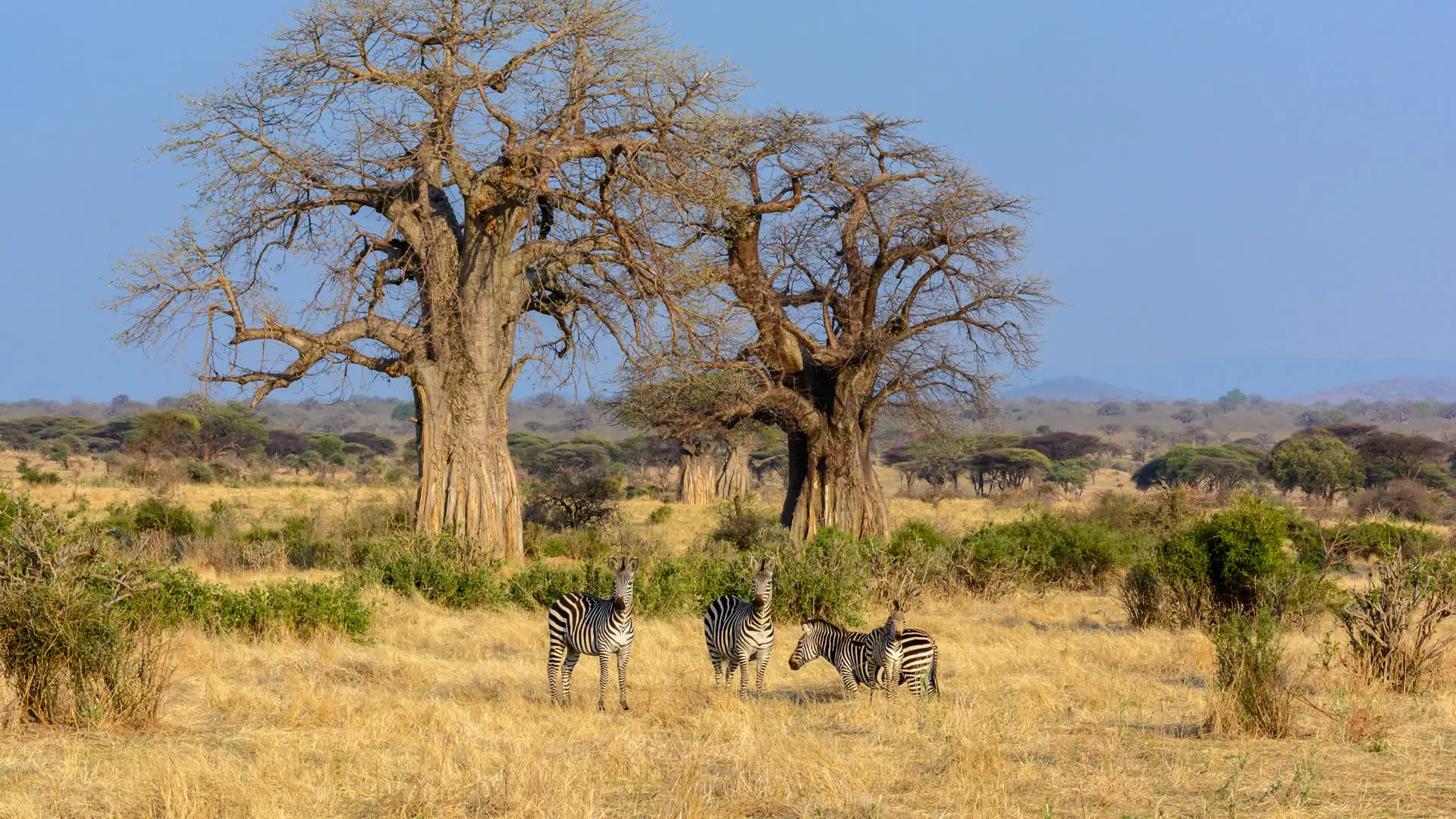
2-Day Lodge Safari to Tarangire and Ngorongoro
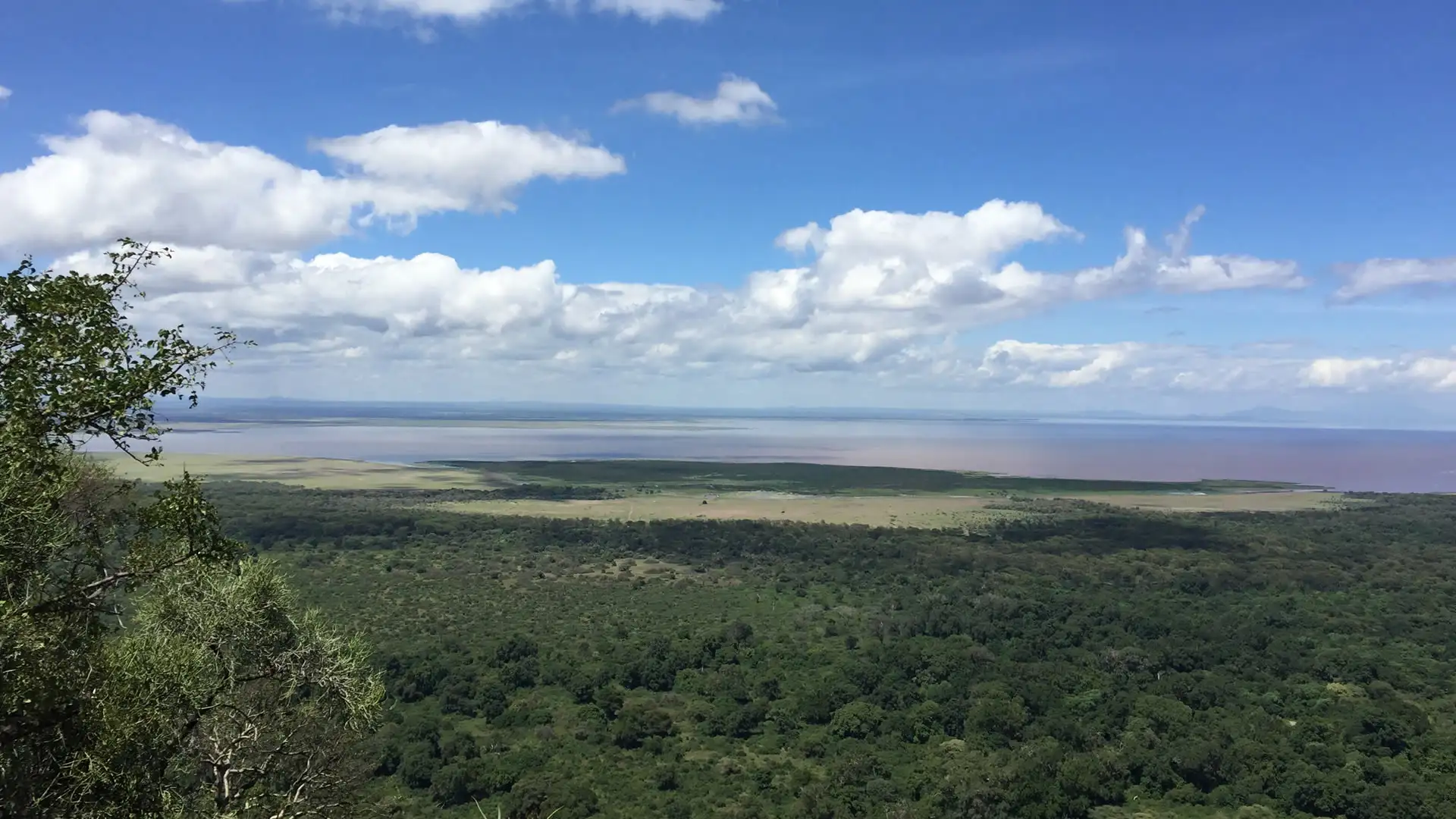
3-Day Luxury Tarangire, Ngorongoro & Manyara Tour
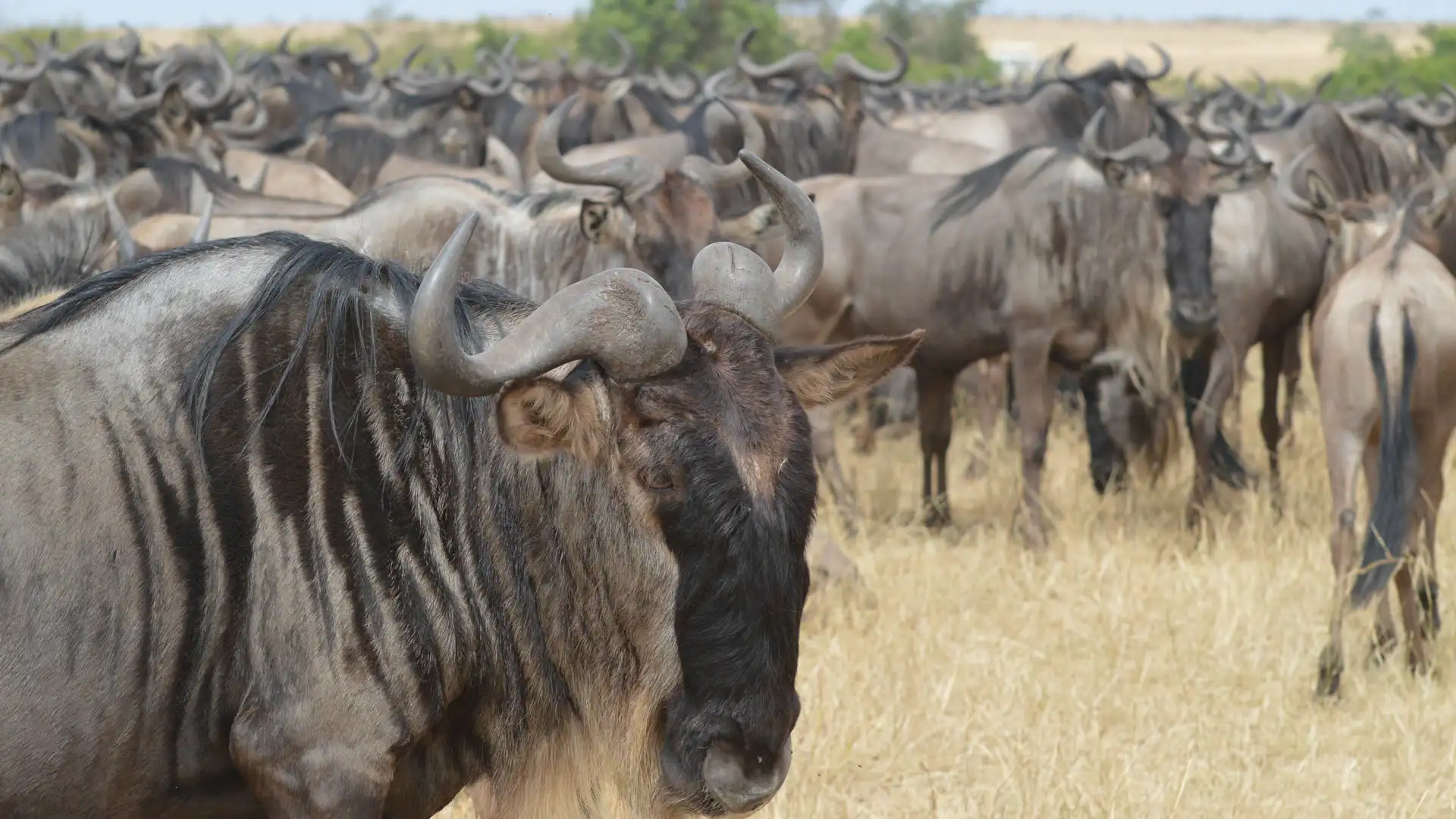
4-Day Serengeti, and Ngorongoro Lodge Safari
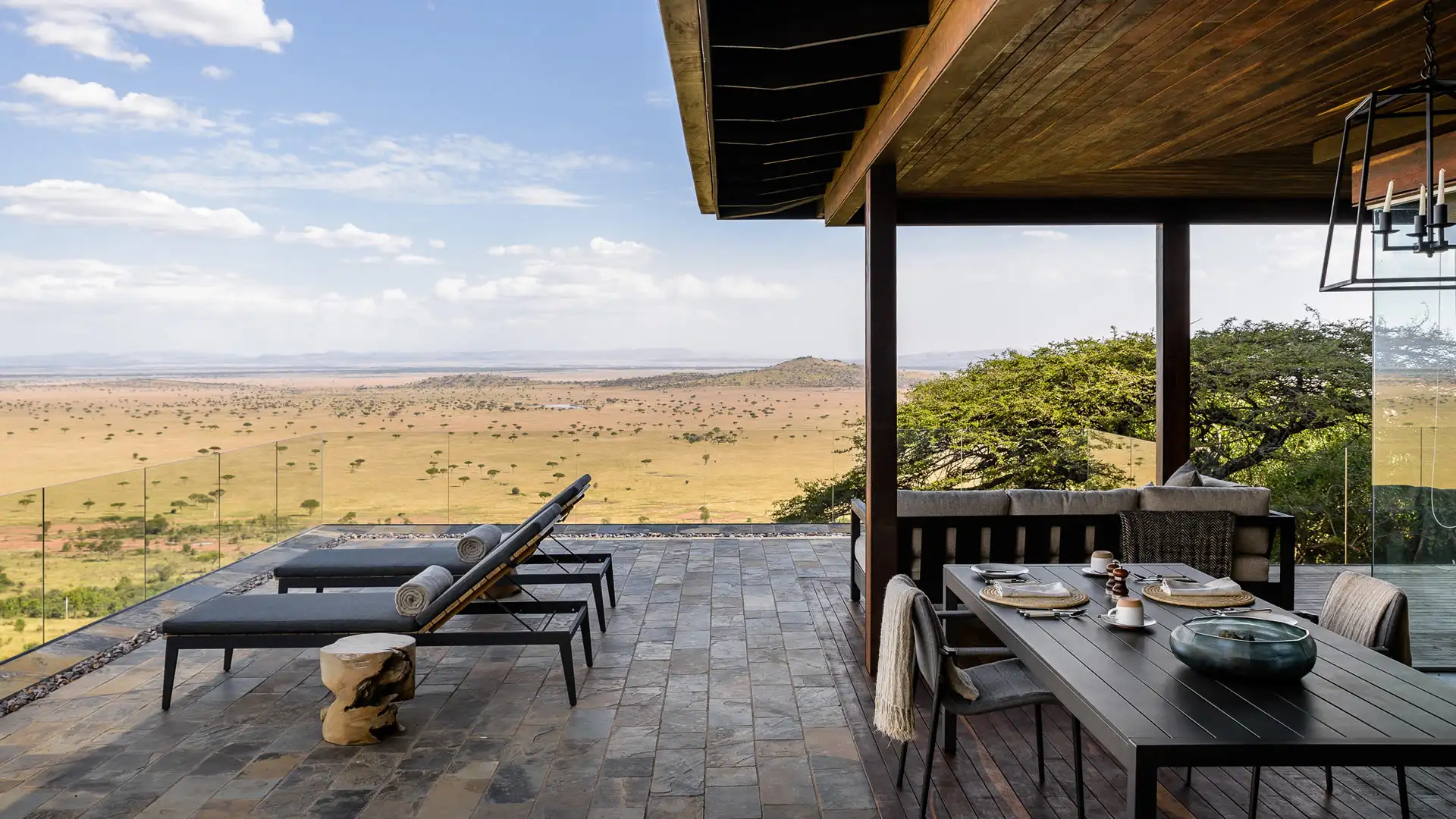
5-Day Classic Tarangire, Serengeti & Ngorongoro Safari
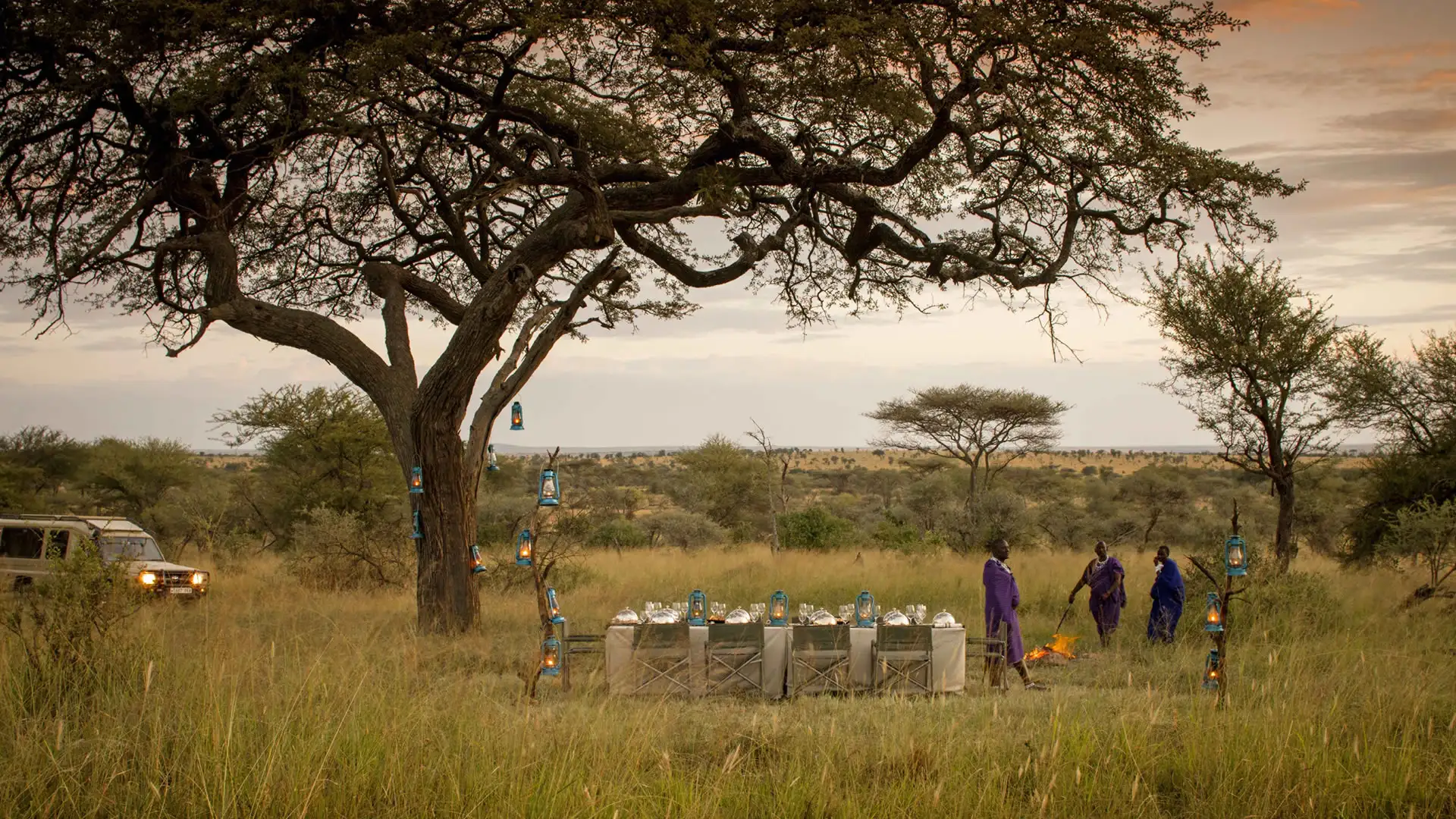
6-Day Northern Tanzania Safari Circuit Adventure
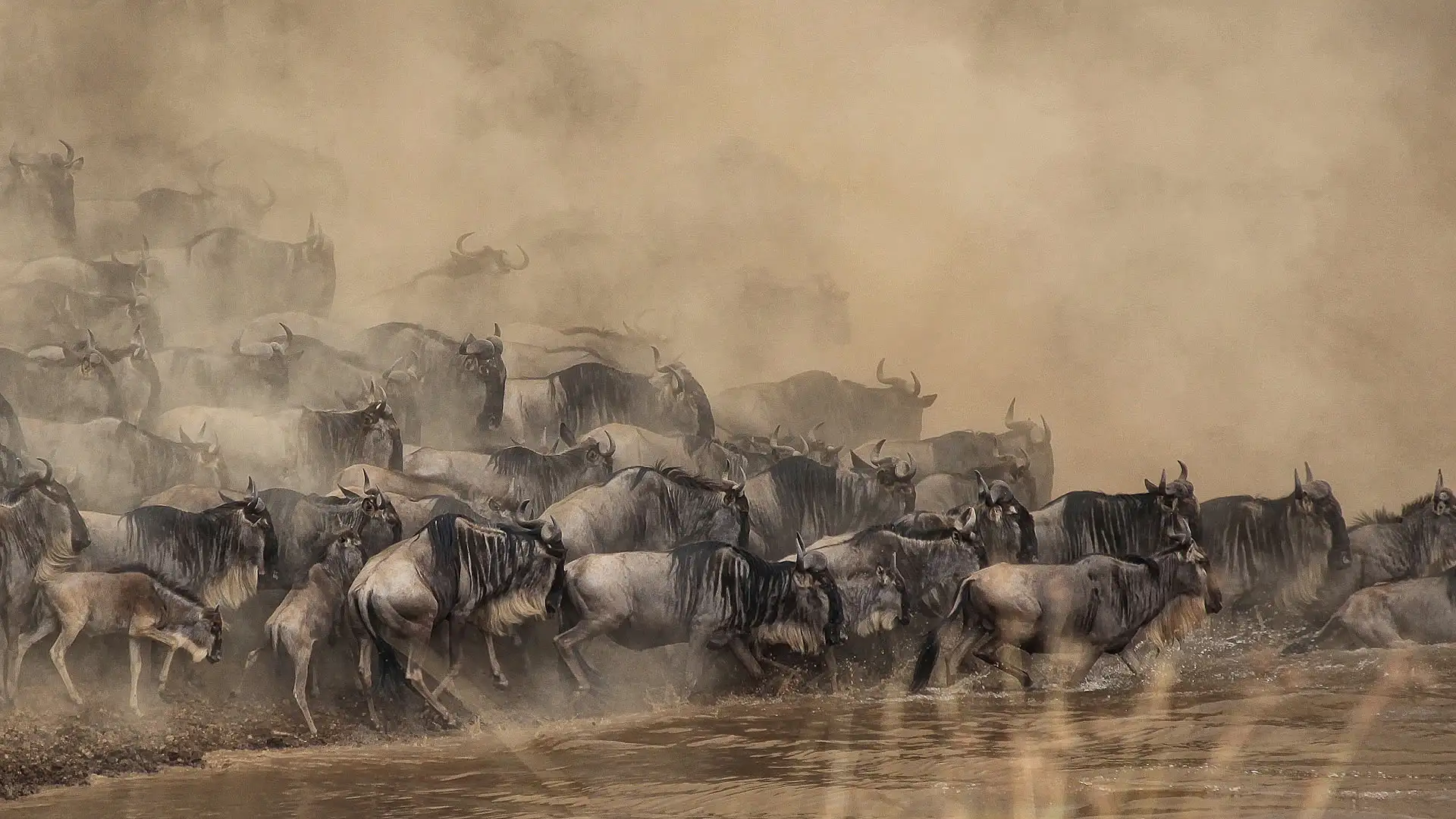
7-Day Wildebeest Great Migration Serengeti Safari
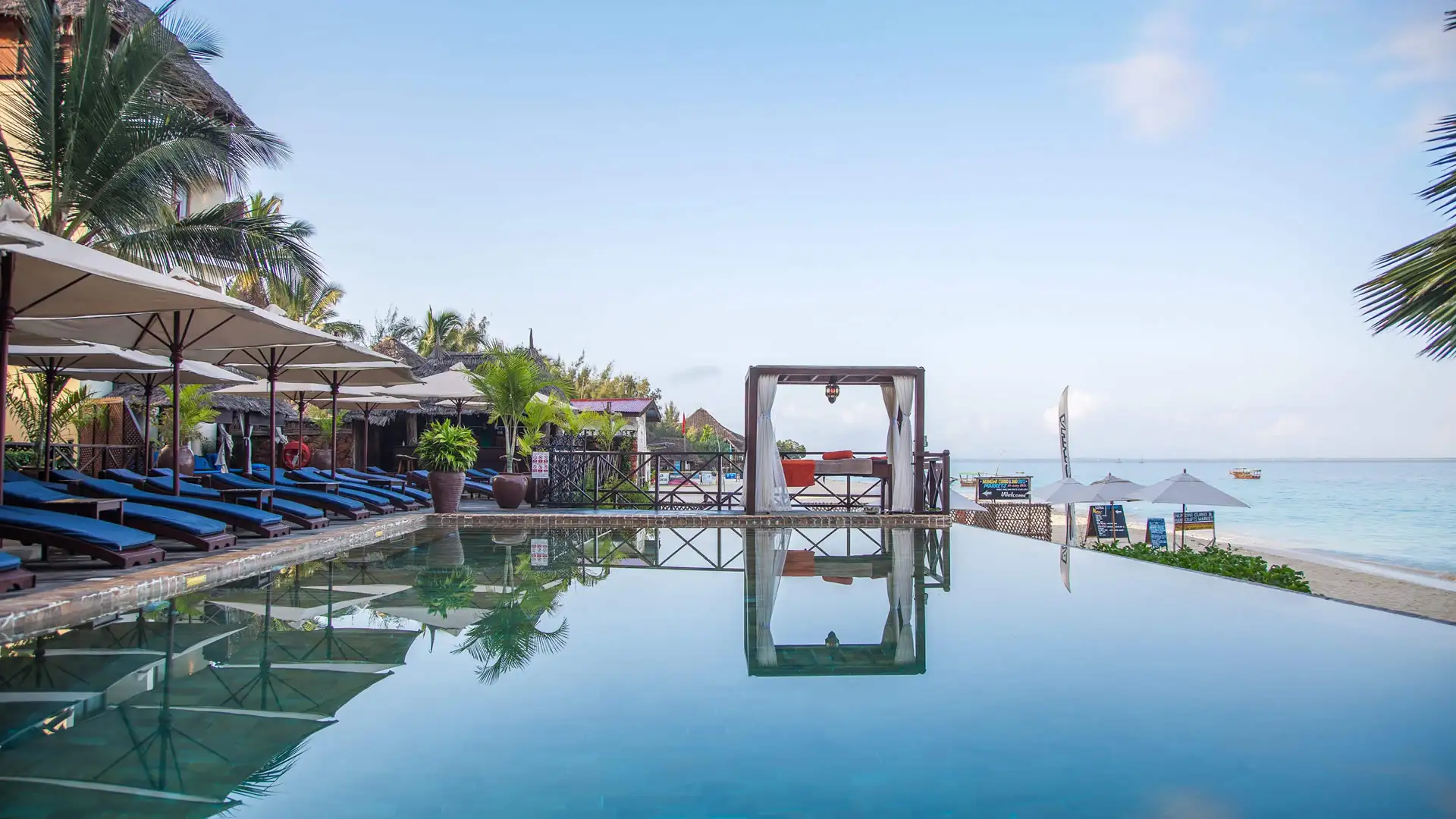
10-Day Tanzania Beach to Zanzibar Safari Adaventure
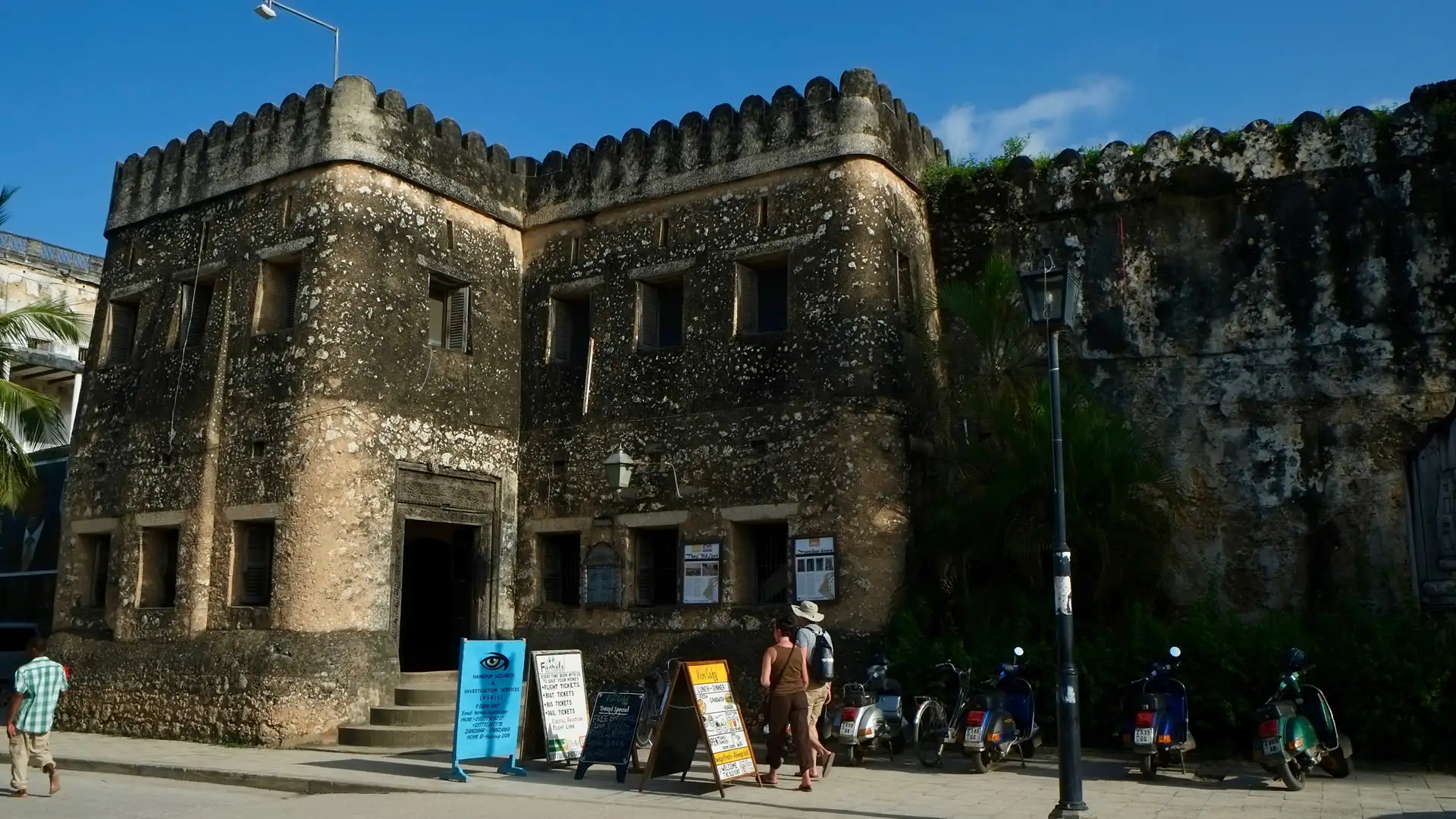
12-Day Tanzania luxury Safari and Zanzibar vacation
Ready to Visit the Ngorongoro?
Let’s plan your Safari together!
useful FAQs about Ngorongoro Crater
It’s the world’s largest intact volcanic caldera, formed about 2.5 million years ago. It’s a natural enclosure teeming with wildlife and stunning landscapes.
In northern Tanzania, within the Ngorongoro Conservation Area, about 180 km west of Arusha.
No, but it’s adjacent to Serengeti and part of the larger Serengeti-Mara ecosystem.
Yes! Lions, elephants, buffaloes, rhinos, and leopards are all present, often spotted in a single day.
Most large animals stay within the crater due to its enclosed geography, but the broader conservation area includes other habitats.
No. Walking safaris are permitted only in designated areas outside the crater, such as Empakaai and Olmoti.
June to October (dry season) offers excellent wildlife viewing. November to May (wet season) brings lush scenery and fewer crowds.
Yes, it’s accessible throughout the year.
By road from Arusha (3–4 hours) or via nearby airstrips like Lake Manyara. Kilimanjaro International Airport is the closest major hub.
No lodges are inside the crater itself, but several luxury and mid-range accommodations are located on the rim with spectacular views.
Yes, but it must be pre-arranged. Designated picnic sites are available for this service.
Yes, game drives are family-friendly. Some hiking areas like Nasera Rock are accessible with children when guided.
Light clothing, a hat, sunscreen, insect repellent, binoculars, a camera, and comfortable shoes.
Yes, it’s the third-highest peak in Tanzania. Best climbed during the dry season (May–October).
Destinations to Add to Your Ngorongoro Safari
See more of Africa by adding extra stops/destinations to your safari. You’ll enjoy many kinds of wildlife and beautiful nature.
